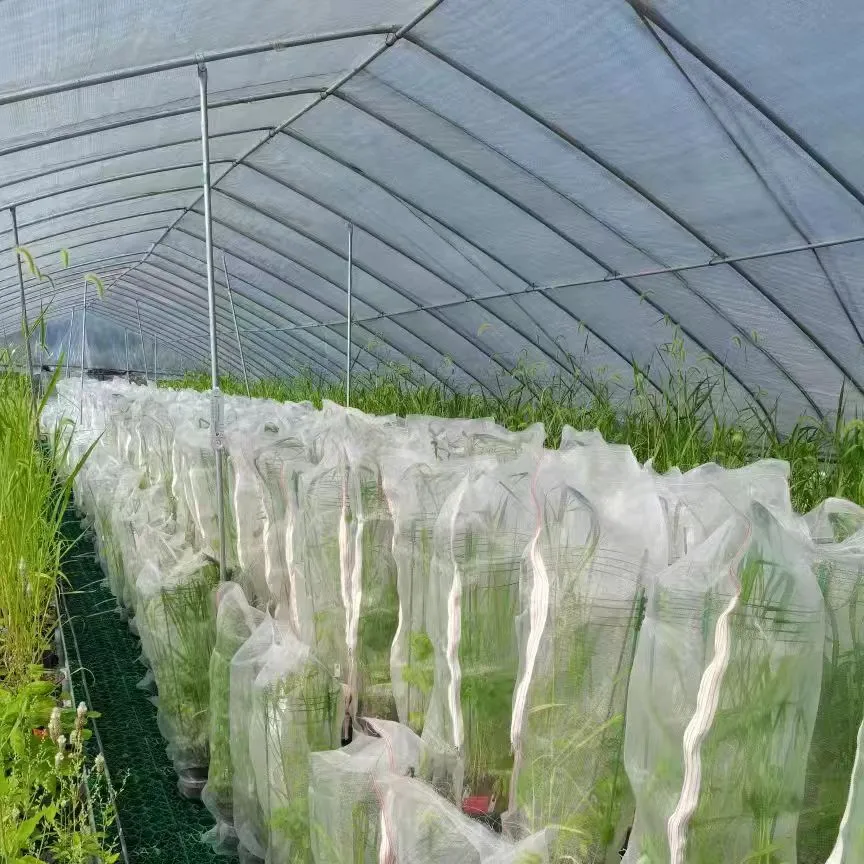Current Trends and Pricing Analysis for Nylon Net in Today's Market
Understanding Nylon Net Price Factors and Trends
Nylon netting is a versatile and highly useful material, widely employed across various industries including agriculture, fishing, construction, and even fashion. The nylon net price is influenced by numerous factors that can fluctuate based on market trends, availability, and production costs. In this article, we will delve into the factors affecting nylon net pricing and explore the current trends shaping the market.
Production Costs
The primary factor influencing the price of nylon netting is the cost of production. Nylon, a synthetic polymer, is derived from petrochemicals. Therefore, the price of crude oil significantly impacts the cost of nylon production. When oil prices rise, manufacturers face higher production costs, leading to increased prices for nylon products, including nets. Additionally, fluctuations in raw material supply can also result in price volatility. A shortage of materials can push prices higher, while an oversupply can lead to price drops.
Demand and Supply Dynamics
The relationship between demand and supply plays a crucial role in determining nylon net prices. Industries that utilize nylon nets—such as agriculture, where they are used for crop protection and netting, or fishing, where they are employed for catching fish—directly influence the market. Seasonal demands, for example, may spike during certain times of the year, resulting in temporary price increases. Conversely, in a period of low demand, prices may stabilize or decrease.
Furthermore, any shifts in consumer preferences or industry standards can lead to changes in demand. The rise in sustainable practices has led some sectors to consider alternative materials, potentially impacting the nylon net market. However, nylon continues to be favored for its strength, durability, and cost-effectiveness.
nylon net price

Technological Advances
Advancements in technology can also affect nylon net pricing. Innovations in manufacturing can reduce production costs, thereby enabling manufacturers to offer competitive prices. For instance, the development of more efficient production processes or the introduction of recycled nylon can lead to lower costs for consumers. However, the initial costs of investing in new technologies may also temporarily drive prices upward until manufacturers can benefit from economies of scale.
Geographic Factors
Geographic location can also influence the pricing of nylon netting. Manufacturers in regions with easy access to raw materials and lower labor costs can produce nylon nets at a reduced price, offering them at a lower price point in the market. Conversely, suppliers in regions with high labor costs or logistical challenges may charge more for their products. Additionally, international trade agreements and tariffs can also impact pricing, making it crucial for buyers to stay informed about global market conditions.
Market Trends and Future Outlook
As the market for nylon netting continues to evolve, understanding current trends is vital. The increasing emphasis on sustainable practices has sparked a demand for recycled nylon products, leading manufacturers to adapt their offerings. Furthermore, the ongoing advancements in textile technology may introduce new, high-performance materials that could either complement or compete with traditional nylon nets.
In conclusion, the price of nylon nets is influenced by a complex interplay of production costs, demand and supply dynamics, technological advances, and geographic factors. Understanding these elements can help consumers and industry professionals make informed purchasing decisions. As the market continues to evolve, staying abreast of these factors will be essential for navigating the world of nylon net pricing effectively.
-
Anti Hail Net | UV-Stable, High-Strength Orchard ShieldNewsNov.17,2025
-
Anti Bird Netting – UV-Stable, Durable, Humane ProtectionNewsNov.17,2025
-
Welded Wire - Durable, Rust-Resistant Mesh, Custom SizesNewsNov.17,2025
-
Garden Mesh Sun Shade – UV-Resistant, Durable, Custom SizesNewsNov.17,2025
-
Bird in Net Solution: Humane, UV-Resistant Bird NettingNewsNov.17,2025
-
Stainless Steel Filters: Durable, Washable, High-FlowNewsNov.10,2025












